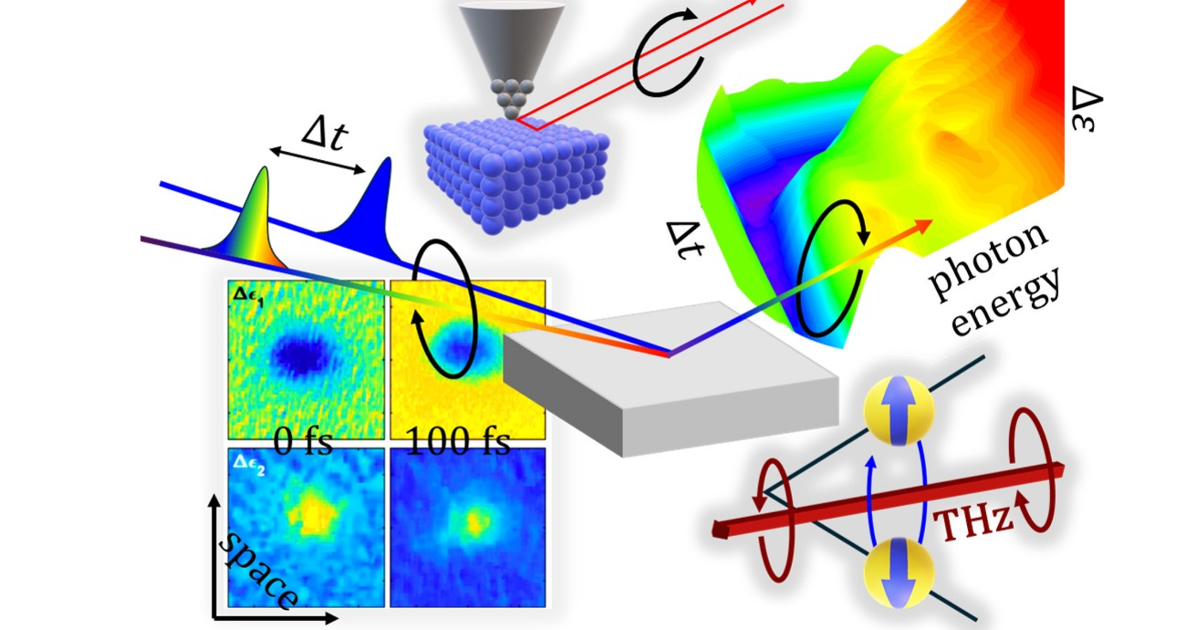Technical Advances and Advanced Applications of Ellipsometry
A special issue of Applied Sciences (ISSN 2076-3417). This special issue belongs to the section "Optics and Lasers".
Deadline for manuscript submissions: 20 December 2024 | Viewed by 120

Special Issue Editors
Interests: optical properties; ultrafast dynamics in solid state; semiconductors; ferroelectric/ferromagnetic materials; microcavities; nanostructures; Bose-Einstein condensates; lasing; ellipsometry
Special Issues, Collections and Topics in MDPI journals
Interests: ultrafast time-resolved spectroscopic ellipsometry; imaging ellipsometry; semiconductors; phase change materials; nonlinear processes in solid state materials
Special Issue Information
Dear Colleagues,
Over the last few decades (Mueller matrix) spectroscopic ellipsometry has become a standard experimental tool in fundamental research, metrology, and in industrial research and process control. It is widely applied in fields ranging from thin films and coatings, solid state materials, biologic and pharmacologic applications, chemistry and electrochemistry, to complex surfaces and electronics device structures. Typical questions addressed are film thickness and lateral dimensions as well as the shape of micro-and nanostructures; surface properties; the electronic, optical, and vibrational properties of materials and heterostructures and their anisotropy; in situ monitoring of material growth and chemical reactions; chemical composition and lateral structural distributions in biologic matter; and many more.
While further innovative developments regarding the inclusion of magnetic or electric fields, imaging with resolutions below the micrometre scale, wide spectral ranges from terahertz to vacuum ultraviolet, full Mueller matrix including depolarization analysis, and others have already been in the field for several years. Recently, new approaches and technical developments have started to emerge, enabling a much deeper understanding of the physical and chemical properties of modern functional materials as well as new insights into fundamental physics.
This Special Issue aims to collect examples of those developments to provide a base for further advancements as well as information for new users of such techniques. We are pleased to invite you to contribute to this Special Issue and would be grateful for your support of our aims with your esteemed expertise.
We suggest the following ellipsometry topics as the main, but not exclusive, focus:
- (Ultrafast) time-resolved (down to femtoseconds, infrared to extreme ultraviolet) ellipsometry;
- Terahertz (spectroscopic and time-resolved, frequency- as well as time domain-based) ellipsometry;
- Imaging (spectroscopic, time-resolved, far-field and near-filed – atomic resolution);
- Magnetic fields (spin resonance, spin physics, etc.);
- Advanced polarization and depolarization analysis (surfaces, tissues, etc.);
- Advanced anisotropy analysis (optical activity, spatial dispersion, electro-magnetic coupling);
Fast Mueller matrix polarimetry (including in situ).We would like to point out that there is no restriction regarding neither materials nor physical effects.
In this Special Issue, original research articles and reviews are welcome.
Dr. Rüdiger Schmidt-Grund
Dr. Shirly Espinoza
Guest Editors
Manuscript Submission Information
Manuscripts should be submitted online at www.mdpi.com by registering and logging in to this website. Once you are registered, click here to go to the submission form. Manuscripts can be submitted until the deadline. All submissions that pass pre-check are peer-reviewed. Accepted papers will be published continuously in the journal (as soon as accepted) and will be listed together on the special issue website. Research articles, review articles as well as short communications are invited. For planned papers, a title and short abstract (about 100 words) can be sent to the Editorial Office for announcement on this website.
Submitted manuscripts should not have been published previously, nor be under consideration for publication elsewhere (except conference proceedings papers). All manuscripts are thoroughly refereed through a single-blind peer-review process. A guide for authors and other relevant information for submission of manuscripts is available on the Instructions for Authors page. Applied Sciences is an international peer-reviewed open access semimonthly journal published by MDPI.
Please visit the Instructions for Authors page before submitting a manuscript. The Article Processing Charge (APC) for publication in this open access journal is 2400 CHF (Swiss Francs). Submitted papers should be well formatted and use good English. Authors may use MDPI's English editing service prior to publication or during author revisions.
Keywords
- ellipsometry
- spectroscopy
- imaging
- ultrafast
- in situ
- depolarization
- anisotropy
- Mueller matrix
- near-field spectroscopy
- spin
Benefits of Publishing in a Special Issue
- Ease of navigation: Grouping papers by topic helps scholars navigate broad scope journals more efficiently.
- Greater discoverability: Special Issues support the reach and impact of scientific research. Articles in Special Issues are more discoverable and cited more frequently.
- Expansion of research network: Special Issues facilitate connections among authors, fostering scientific collaborations.
- External promotion: Articles in Special Issues are often promoted through the journal's social media, increasing their visibility.
- e-Book format: Special Issues with more than 10 articles can be published as dedicated e-books, ensuring wide and rapid dissemination.
Further information on MDPI's Special Issue polices can be found here.






